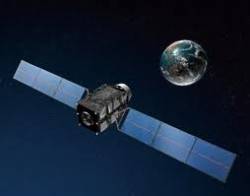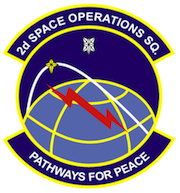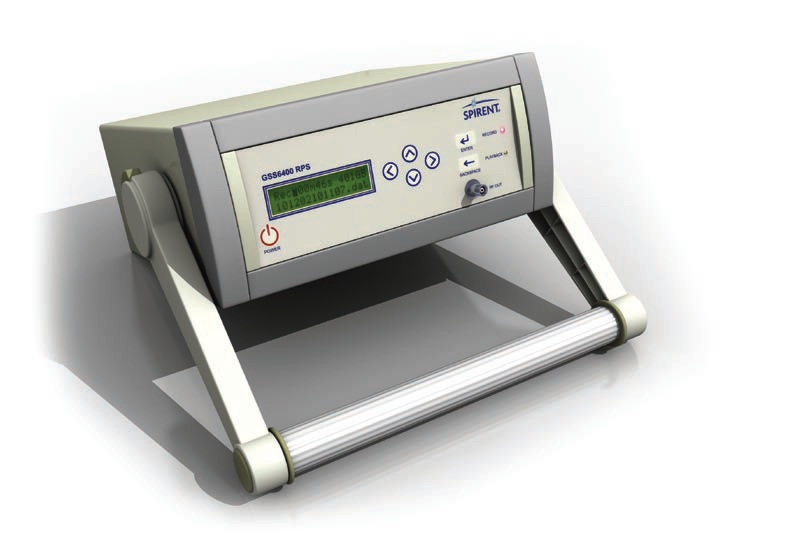JAXA Selects Spirent Simulator for QZSS Receiver Testing

Spirent Communications’ Positioning Technology Division, Paignton, UK, has announced that the Japanese Aerospace Exploration Agency (JAXA) has selected Spirent’s GSS8000 Multi-GNSS Constellation Simulator to support further development of the Quazi-Zenith Satellite System (QZSS) program.
Responsible for the development of the initial QZSS user equipment, JAXA is using the GSS8000 to verify QZSS receiver performance.
By Inside GNSS













